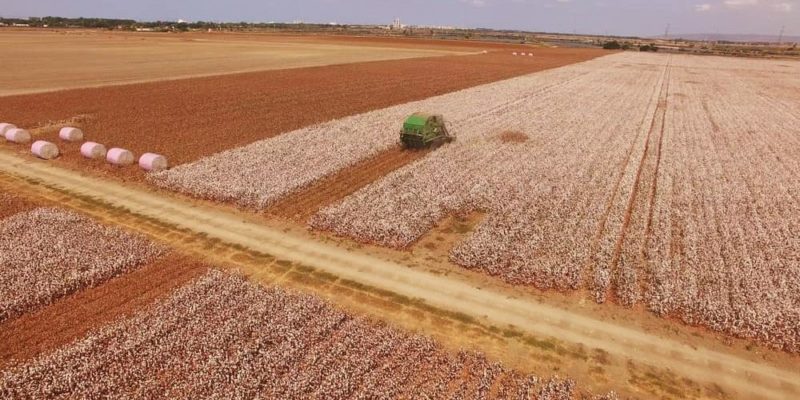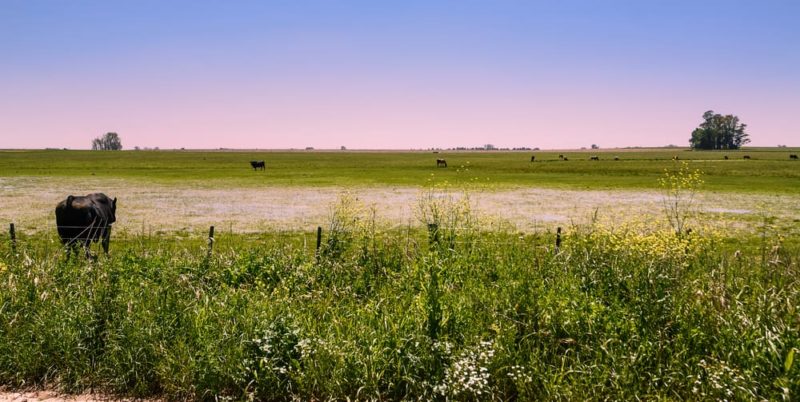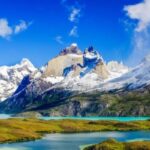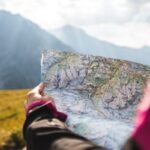We explain what an economic region is, its characteristics, function and examples from around the world. Also, other types of regions.

What is an economic region?
When we talk about an economic region, we mean an area of the earth's surface in which, for the most part, some type of productive activity is carried out.
It may also be an area of particular wealth and exploitation of certain natural resources within the territory of a country, or covering the territory of several nations whose economies have achieved an important level of integration.
It is a type of geographic region that focuses on the economic to organize its limits, which can be of enormous interest for the study of human performance in an area of the world, which is key in turn for matters of economic investment. , diplomatic treaties, etc.
In the world there are numerous economic regions of global importance, almost all of them constituted by a trade agreement or other links of economic cooperation. On the other hand, all countries in the world can be subdivided, internally, into their constituent economic regions, if we look at the way in which productive activity is spatially organized.
Examples of economic regions

Some well-known economic regions are:
- The Orinoco mining arc. Located in the southeast of Venezuela, where a significant portion of mining and oil exploitation is carried out in said country, at the hands of large transnational companies.
- The “cotton belt” or American cotton belt Located in the southeast of this country, it receives its name from the abundant planting of this fabric (cotton) that was carried out between the 18th and 20th centuries.
- The humid South American pampas. Of around 600,000 km2 of total area, covering the territories of Uruguay, Río Grande do Sul (Brazil) and part of central Argentina (provinces of Buenos Aires, Santa Fe, Entre Ríos, Córdoba and La Pampa), it is one of the best areas in the world for planting, especially cereals.
- The Ruhr region of Germany. Also called the “Ruhr mining area”, it is one of the most populated metropolitan areas in the country, with 5 million inhabitants, in the heart of the state of Westphalia (North Rhineland), and brings together eleven cities in a mostly industrial productive area.
Other types of regions

Apart from the economic one, geographic regions can be organized according to various criteria, depending on the specific element we decide to focus on. We have, like this:
- Natural regions When we choose to look at the natural conformation of the land: relief, hydrography, vegetation, climate, etc.
- Political regions If we look at the way in which human societies are organized ethnically, culturally or ideologically.
- Cultural regions If we look exclusively at the similarity of local cultures (generally using religion or spoken language) and the territories occupied by their practitioners.
- Urban regions Those that generally comprise a large urban population (a large city) and those others of lesser preponderance that accompany it or depend on it.
Continue with: Macroeconomics
References
- “Region” in Wikipedia.
- “Economic regions” at the University of La Plata (Argentina).
- “Economic Region” in The Free Dictionary.
- “Region (geography)” (English) in The Encyclopaedia Britannica.





